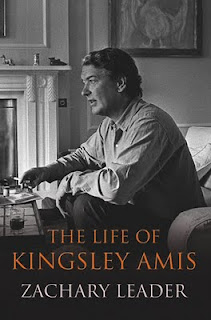Three cities in ten days
I am back from India after a holiday that seemed far too brief. I went back to Siliguri, now wracked by the Gorkhaland agitation. We had planned a short holiday in the hills but had to hastily cancel it as there was a bandh call, which in the event got cancelled. It is difficult to go for a holiday with the possibility of a Damocles sword hanging over you, no matter how beautiful the destination may be. Perhaps the agitators would do well to remember this. Once the golden goose is killed, there will be no more eggs, golden or otherwise. Calcutta where we spent a couple of days was as Calcutta always is : dusty and crowded. I visited the Mohun Bagan ground after a long time and met Subir and his friends, of which I will write at length later. I saw the lights of Park Street, looking pretty good this year; it appears that the Park Street is recovering somewhat from the raggedness that it had fallen into during the eighties and the nineties. The roads as usual were chockablock with the mo














